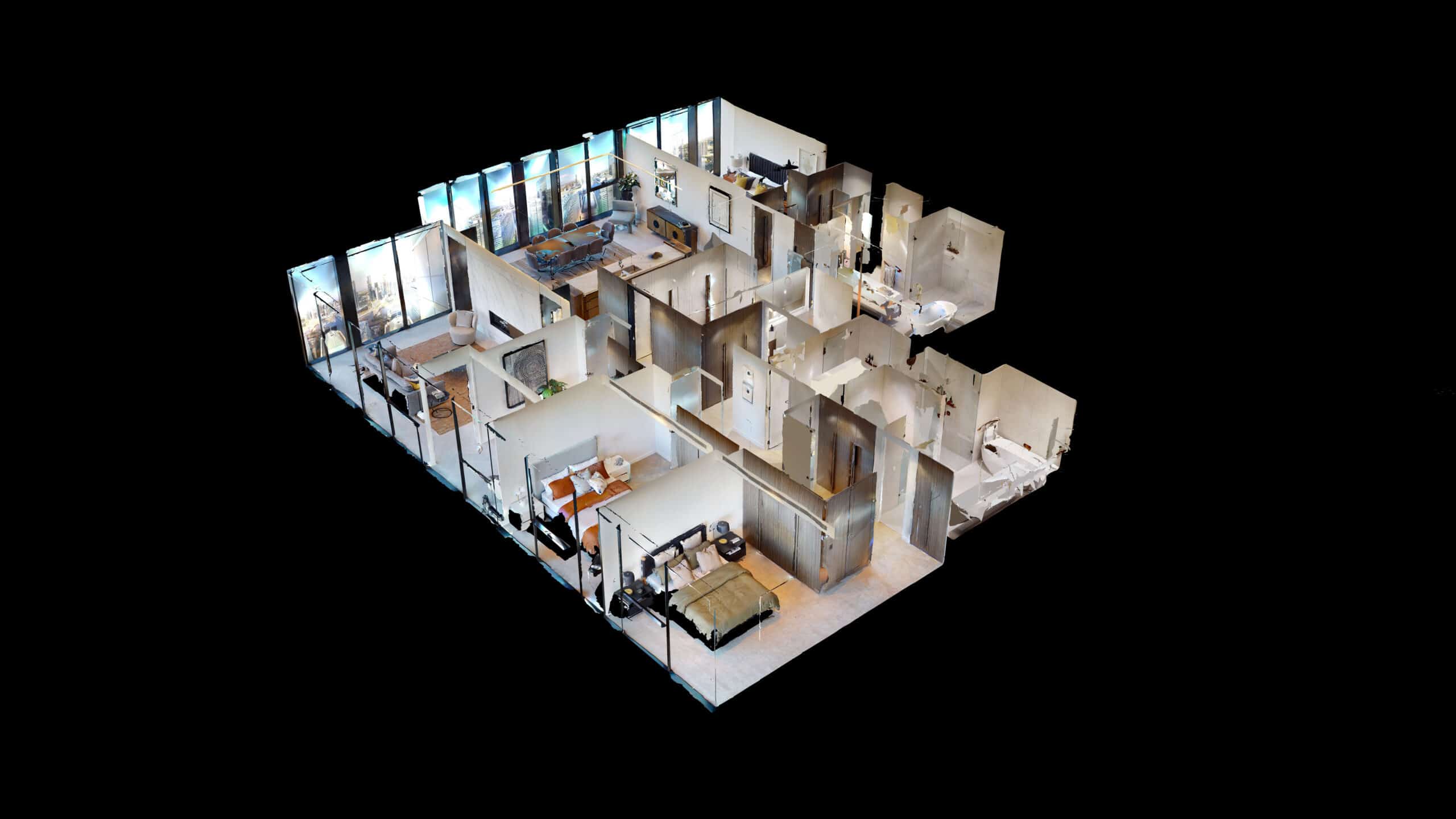CCTV (Closed Circuit Television) inspections

What are CCTV inspections?
CCTV is a type of inspection that focuses on assessing the internal visual conditions of existing utility piping networks, usually stormwater and sewerage. It is a non-intrusive method that uses robotic vehicles with integrated cameras to generate insight and understanding of the quality, defects, and potential lifespan of pipeline assets.
How CCTV inspections works
A project starts off with defining the pipes to be assessed and understand their layout and alignments throughout a site. A suitable sized robotic vehicle is chosen for the pipe type and diameter. For all assessments there needs to be a surface entry point to from which to launch the vehicle, this may be a manhole, inspection chamber or a custom dug hole in pipe.
In practice, a robotic vehicle is placed in the invert (or floor level) of a pipe and connected to a control device via a tether of up to 100 metres in length. The tether supplies telemetry and power as well as the means to retrieve an unresponsive unit. The vehicle can be fitted with wheels or tracks and is equipped with short-range lighting and an array of cameras capturing video footage and images across 360 degrees.
The vehicle travels along the pipe at a slow speed capturing video data and recording the chainage along the pipeline route. At completion of the data capture the vehicle can be retrieved from a secondary entry point or retracted along the pipe to the original point of entry.
The data generated is then assessed via a combination of automated and manual techniques to identify, measure and tag defects and deterioration within the pipeline. These ‘points of interest’ are compiled and presented as a report on the condition of the pipe.
Utilising CCTV inspections
Public agencies utilise CCTV inspections on a regular basis to conduct broad audits on the conditions of their underground infrastructure. The data generated helps to inform future maintenance programs and support funding decisions to repair or replace ageing assets.
CCTV inspections are utilised by private contractors in a narrower context as a form of dilapidation survey to assess the condition of assets near or within the sites they are working on. They can then reliably understand the impact of their works at various times throughout a project’s lifecycle.
Engineering organisations utilise CCTV inspections to assess the conditions of pipeline networks to advise the asset owners of the pipeline condition and, when and where necessary, to design pipeline replacement.
The benefits of using CCTV inspections
CCTV inspections provide a reliable and non-intrusive means to collect large amounts of data about the conditions of underground assets, ranging from 100 millimetre to three-metre diameter pipes.
The users of these assets can continue to use them without interruption while the inspection is undertaken, with the capture team planning work during low-usage periods.
Land Surveys can help solve challenges with CCTV inspections
Land Surveys can work with public agencies, engineering organisations as well as contractors to capture CCTV data in conjunction with other surveying disciplines. This can provide a complete view of the geospatial properties of the environment and area of interest, from surface features through to underground utilities.
In tandem with CCTV inspections, Land Surveys often completes other work types, including:
- dilapidation surveys;
- underground utility mapping;
- feature surveys; and
- laser scanning
Why choose Land Surveys for your CCTV inspections requirements?
With diverse skill sets across its specialist teams, Land Surveys combines the results of a variety of disciplines and ensure projects are carried out harmoniously with considered and timely planning. Our team is a single point of contact to ensure your complex projects are completed on time to deliver fit-for-purpose data.